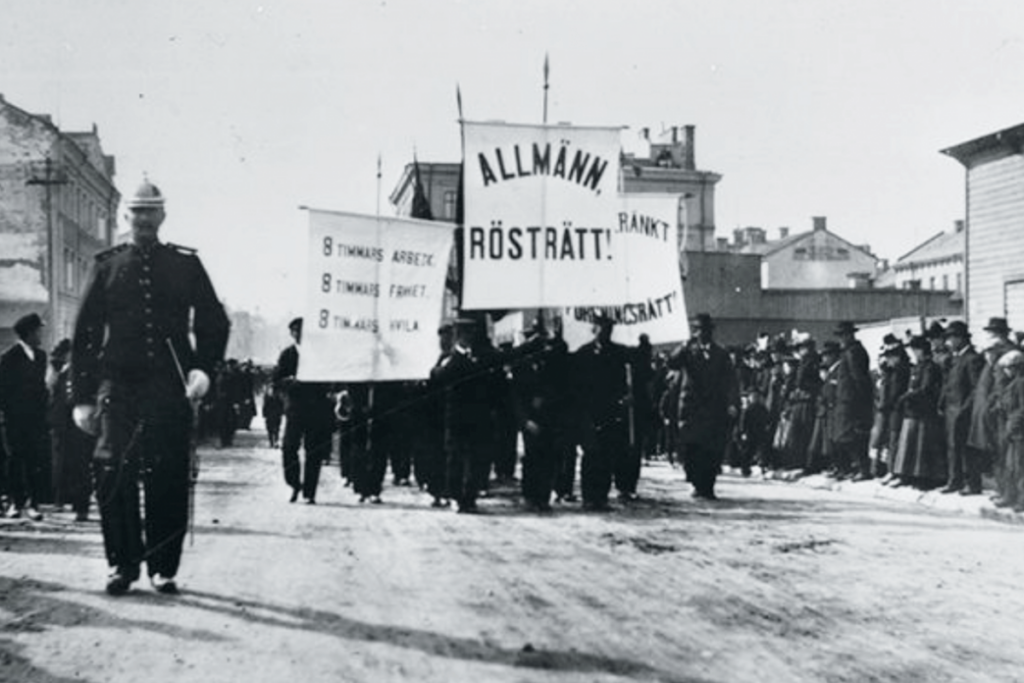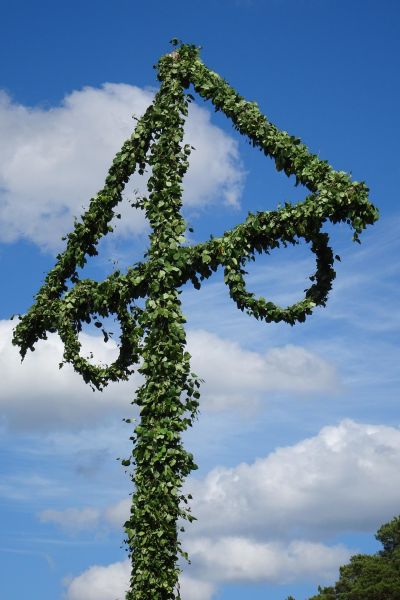| Month | Working days | Working hours | Sat & Sun. | Others |
|---|---|---|---|---|
| January | 22 | 176 | 8 | 1 |
| February | 20 | 160 | 8 | 0 |
| March | 21 | 168 | 10 | 0 |
| April | 20 | 160 | 8 | 3 |
| May | 20 | 160 | 9 | 2 |
| June | 18 | 144 | 9 | 4 |
| July | 23 | 184 | 8 | 0 |
| August | 21 | 168 | 10 | 0 |
| September | 22 | 176 | 8 | 0 |
| October | 23 | 184 | 8 | 0 |
| November | 20 | 160 | 10 | 0 |
| December | 21 | 168 | 8 | 2 |
| Total annual working hours | 251 | 2008 | 104 | 12 |
| Average / Month | 20.92 | 167.33 | 8.67 | 1.00 |

Working days per year 2025
An average of 160 working hours per month or 250 working days per year is usually referred to when discussing workload. But these numbers are not always accurate. For example, for 2025, the number of working hours varies from 144 to 184, with an average of 167 hours each month. In total, there will be 251 working days, which leaves 116 days off. In the table below, we provide a detailed overview of the number of working days, working hours, Saturdays, Sundays and other days off - such as national holidays, Midsummer's Eve, Christmas Eve and New Year's Eve. If a holiday falls on a Saturday or Sunday, it is counted under "Sat & Sun". We base these calculations on a standard eight-hour workday. Which days are considered holidays in Sweden are defined by Lag (1989: 253) on public holidays. Most people have the following holidays off, even if they fall on a regular working day:
- New Year's Eve
- Christmas Eve
- Easter Day and Pentecost
- New Year's Day and Thirteenth Day of Christmas
- May 1
- Christmas Day and Christmas Eve
- Good Friday and Easter Monday
- Ascension Day
- Sweden's National Day
- Midsummer Day
- All Saints Day
- Midsummer Eve
Feel free to check out our calendar here on the right, which contains information such as e.g. name days and a little history about what happened on that particular day.
May 1

May 1
This day has been celebrated since 1890 and stems from the demonstrations of the labor movement. In 1890, the Second International required an eight-hour workday. The Second International was an organization formed in Paris, but the demonstrations also spread to Sweden in 1890. The first of May has been a public holiday in Sweden since 1939. This day is one of the two (together with the national day) festivals that are considered non-bourgeois, ie without connection to the Church of Sweden. The first of May has historically not only been to demonstrate for the rights of the worker, but also for other purposes such as demonstrations of sobriety etc. Before the Industrial Revolution, May Day was also celebrated as a day, the first day of summer. It was a day when the animals were let out to pasture, the village team chose an elder and they took joint initiatives to review farms, fences and finances. The pre-industrial celebration of the first of May ended with a party, as well as drinking marrow from a bone, to gather strength. The most notable symbol of the first of May is the cornflower. This was first sold in Gothenburg in 1907. Flowers themselves have a positive, life-giving symbolism. The money from the sale is historical and still goes to charity, in most cases to vulnerable children. One reason we celebrate May Day is the Haymarket Massacre, which took place in Chicago in 1886. At the demonstration, workers protested for just an 8-hour workday but met strong and violent opposition from police. Overall, the first of May is a holiday that is celebrated a little differently depending on where you are in the country. You choose to party, play games or demonstrate. The overarching theme is at least for the people to unite in a public place in the hope of showing the ruling powers that they have a voice that wants to be heard.Midsummer Eve

Midsummer Eve: An important tradition in Swedish culture
Midsummer Eve is an important weekend in Sweden and other Nordic countries, which is celebrated on the longest day of the year. It is a time of joy, celebration and the arrival of summer. The weekend has its roots in paganism, when it was celebrated as a holiday in honor of the sun. Today Midsommarafton is one of the most loved weekends in Sweden, and the celebration differs between different parts of the country.
The celebration of Midsummer Eve through the ages: From paganism to modern festivity
Midsummer Eve has its origins in paganism, when it was celebrated as a holiday in honor of the sun. The weekend was a symbol that summer had arrived and that the warmth and light would return. Over time, the celebration of Midsummer Eve has evolved and adapted to the Christian faith, but many of the traditional activities have been preserved.
In modern Sweden, Midsummer Eve is celebrated on June 20-22 every year, and the weekend is one of the most popular weekends in the country. Many people take time off from work and go home to their families to celebrate together. There are also many public celebrations and events that are arranged, such as dancing around the maypole and picnics in nature.
Midsummer Eve has also become an important tourist attraction, with many visitors traveling to Sweden to participate in the celebrations. The weekend has also become a symbol of Swedish culture and tradition worldwide.
How Midsummer's Eve is celebrated in Sweden: A guide to the traditional activities
Midsummer Eve is known for its traditional celebrations, which have been preserved through generations. One of the most iconic activities is the Maypole Dance, where people sing and dance around a pole decorated with flowers and ribbons. The dance symbolizes the sun's path through the sky and is an important part of the celebration.
Another tradition is to pick flowers and make wreaths to wear on the head. Many people choose to go out into nature and pick their own flowers, while others buy ready-made wreaths.
There are also a variety of traditional dishes eaten during Midsummer Eve, such as herring and smorgasbord. Herring is a type of pickled fish that is very popular in Sweden, while smörgåsbord is a meal consisting of a variety of starters, main courses and desserts.
Memories from Midsummer Eve: A personal story about the celebration of the summer holiday
Midsummer Eve is a weekend that has always been special to me. I remember how as a child I always woke up early in the morning to go out and pick flowers with my family. Then we went home and cooked a big dinner together, with all the different kinds of herring and smorgasbords that we loved. After dinner it was time to dance around the Maypole, and I remember how happily I laughed as I twirled around with my friends.
Even though I am no longer a child, Midsummer Eve is still one of my favorite holidays of the year. I always look forward to seeing my family and friends and celebrating together, and enjoying all the wonderful traditions that come with the weekend.
